Tags: Moon
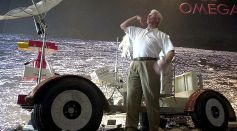
NASA, Other Space Agencies Partnering With Car Manufacturers to Custom Build Electric Lunar Rovers

Snow Moon 2022: NASA Shares Tips On How to Watch Full Moon This February

SpaceX Falcon 9 Mistaken For Old Chinese Spacecraft That Will Contaminate, Crash on Moon This March

Rocket’s Crashing on Moon Surface Expected to Move at 9,000 KPH Creating New Craters

Consistent Impact Flux Of Asteroids That Scarred Mars for the Past 600 Years Not Random, Crater Detection Algorithm Suggests

Moon Plays Crucial Role in Life on Earth, Could Potentially Determine What Makes A Planet Habitable

Elon Musk Won't Probably Be Liable If SpaceX Falcon 9 Rocket Crashing Into Moon Would Leave Crater

Close Encounter of the Moon, Mars and Other Planets Will Be Happening This Weekend; When to Watch
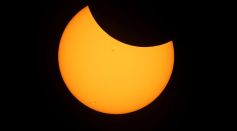
Solar Eclipse 2022: A Guide to When the Sun, Moon, and Earth Align This Year and Where to Watch It

Falcon 9 Rocket's Second Stage Will Likely Impact Moon's Equator After 7 Years of Floating Through Space

Asteroid Collisions That Formed Martian Craters Have Been Consistent For Over 600 Million Years
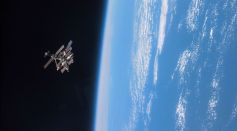
What Will Happen If Earth Stops Spinning in Its Orbit?

Imbalanced Earth? Tug of Sun, Moon Drives Planet's Plate Motion

Is Moon's Crust Made Of 'Slushy' Magma Ocean? Here's What Experts Say!
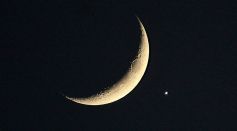
New Exomoon Twice the Size of Earth Revolves Around Jupiter-Sized Exoplanet

Wolf Moon Will Be Visible Soon! Here's When, Where, and How to See 2022's First Full Moon

Shark Attacks More Frequent During Fuller Moon Phases Based On 50-Year Data; Researchers Try to Find Out Why

China Builds Artificial Moon Using Floating Frog Experiment's Magnetic Levitation To Stimulate a Low Gravity Environment
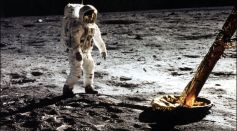
Unlocking the Moon’s Magnetic Mystery: New Study Reveals Traces of the Half-Century Enigma

Space Adventure, the Largest Space Exhibit Ever Seen, Kicks-off Its North American Tour in Miami, FL This April
Most Popular

Space Tourism Future: How Commercial Space Travel Will Transform Civilian Exploration

Universe Origin Revealed: Exploring the Latest Big Bang Science Theories and Discoveries

Big Bang Physics and Cosmology: Can Science Really Explain the Origins of the Universe?

Tree Communication Explained: How Underground Fungi Networks Connect Entire Forests





